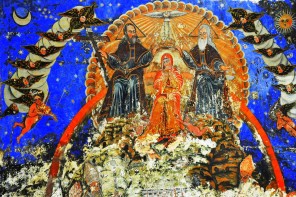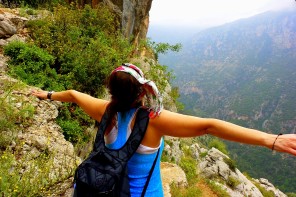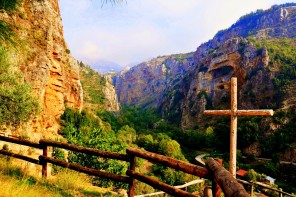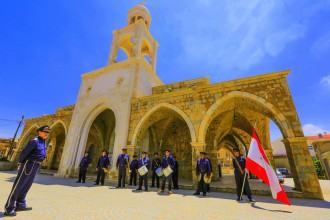| The monastery is composed of a sanctuary and a few hermitages. It was built during the 13th century in a voided rock face transformed by the monks into a living space. |
| Historical documents suggest a relationship between the building of this monastery and some military events that happened during the 13th century, when the Mamluke army invaded the local bastions in the mountains. |
| The Mamlukes would not have been able to invade and take over the area in 1283 without the help of a local person named Ibn el-Sabha al-Kafarsghabi. According to some historical accounts, Ibn el-Sabha felt sorry for assisting the Mamlukes and built the Haouqa monastery as an act of repentance. |
| For a short period during the 17th century, the monastery hosted a seminary for the Maronite order. It was deserted afterwards and annexed to the Monastery of Mar Antonios Qozhaya. Lately, the monastery was rehabilitated, and it now hosts a Colombian hermit who entered the Maronite Order. |
| On the eve of 15th of August, the locals inhabitants celebrate the Dormition of the Virgin in the monastery’s church. |
| Inside, the monastery’s small church has a single tunnel-vaulted nave with a semi-circular apse at its eastern end. Unfortunately, during recent restoration work the lime mortar holding many wall paintings was removed. At the west end of the church, a small hole in the ceiling is used for the rope of the church’s bell, which is situated inside a small tower over the main door. |
| A well is situated outside, on the right side of church door. In the mid-20th century, after the monastery was abandoned for a long time, an old painting representing the “Virgin with the Child” was found. |
| On the reverse of this painting, there is another painting representing a saint monk healing a sick person wearing white clothing and a turban on his head. This painting may be connected to the 13th century Mamluke invasions, as it is believed that the sick person depicted in the painting may be Ibn al-Sabha. The painting is now part of a private collection, and a copy of it is exhibited in the Monastery of Qannoubine. The monastery’s oratory is situated in a natural cave. |
| It has a single nave oriented to the northeast, ending with a small apse. A painting occupies the center of the nave; it represents the “Virgin with the Child,” and at her feet is John the Baptist in his childhood. It seems that this painting was inspired by an older painting that was present in the monastery until the year 1900 and later disappeared. |
| This painting was inspired by a painting by the Italian Renaissance artist Raphael. On the trail leading downhill from the Monastery of Haouqa, inside the grand northern rock promontory, is a cave known as Aassi Haouqa. |
| This cave hosts the remains of some ancient wall paintings. |
| An inscription dates the remains to “the year 1504 of the years of Alexander the son of Philip the Macedonian,” which means 1193 A.D. |
| Near Aassi Haouqa, on the left side of the trail, are the remains of a medieval structure known as the Tower of Saint Thomas |
Hawqa Monastery
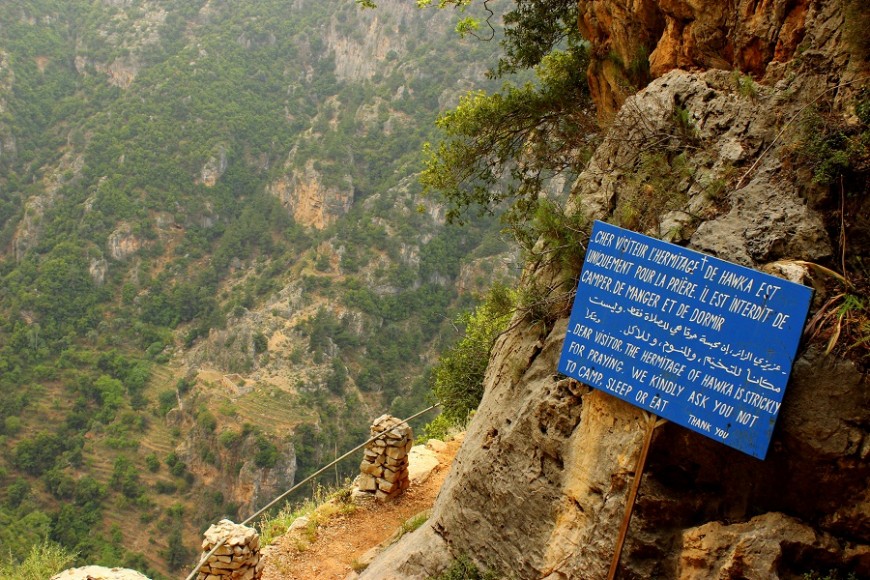
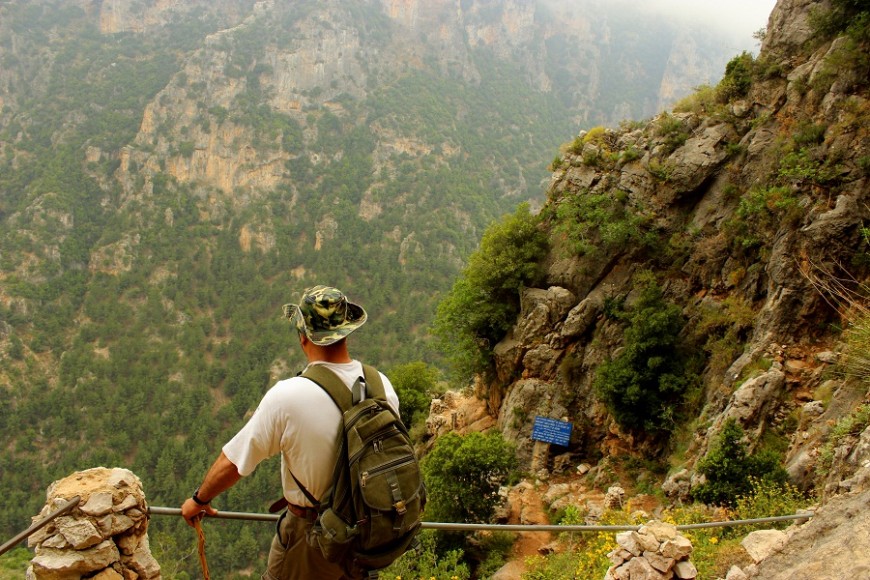
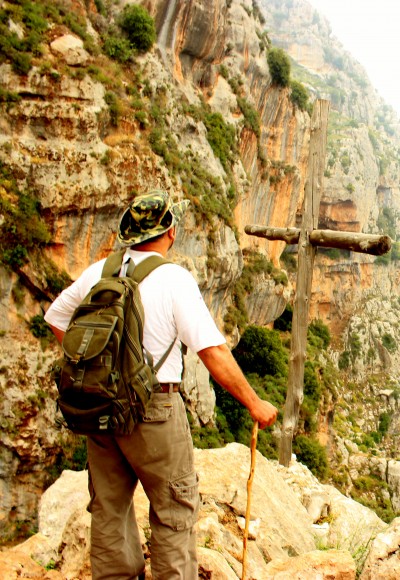
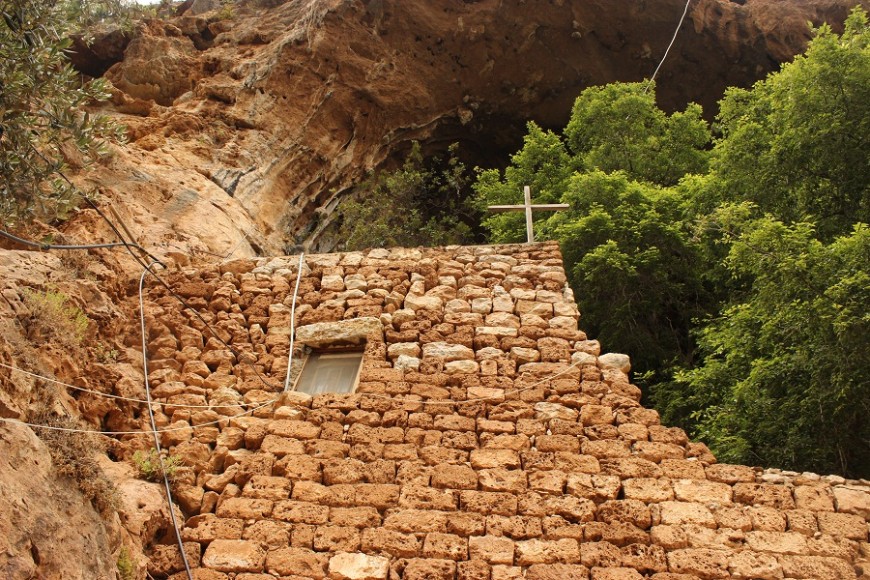
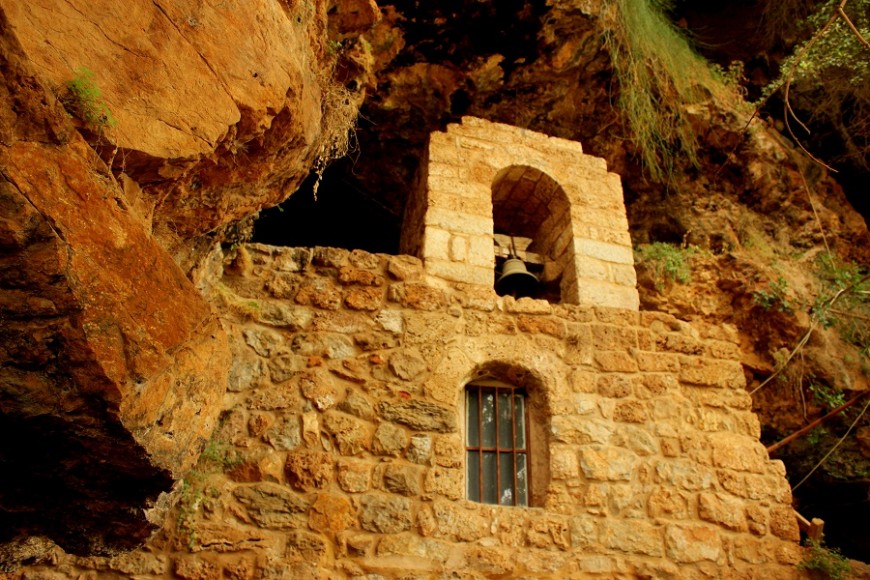
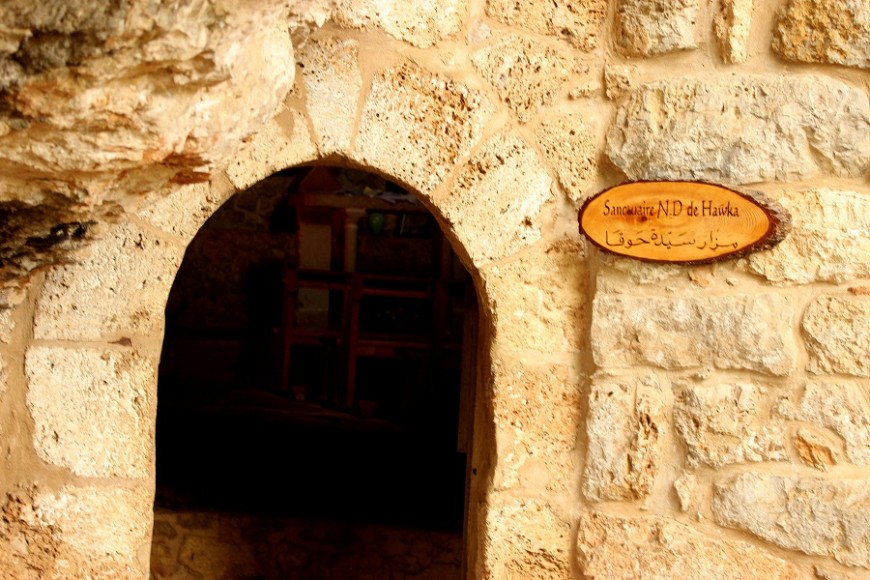
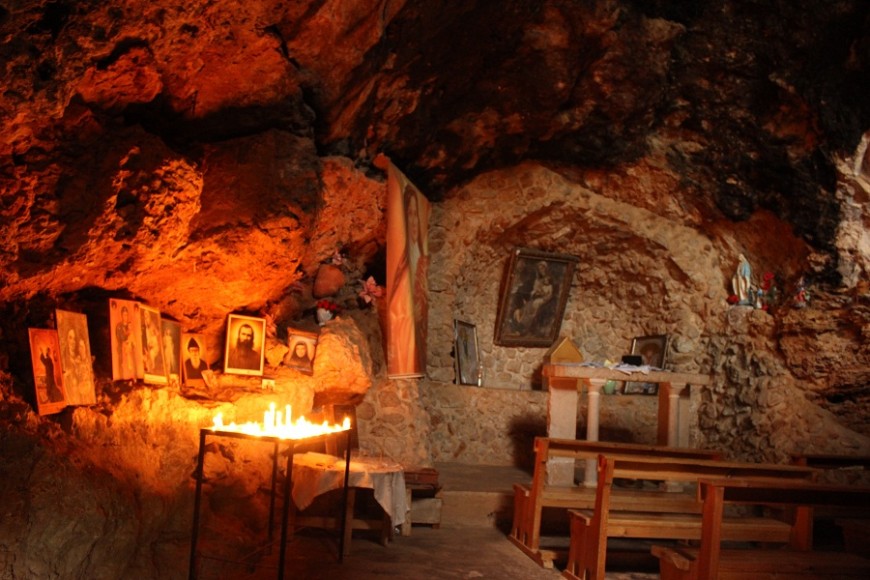
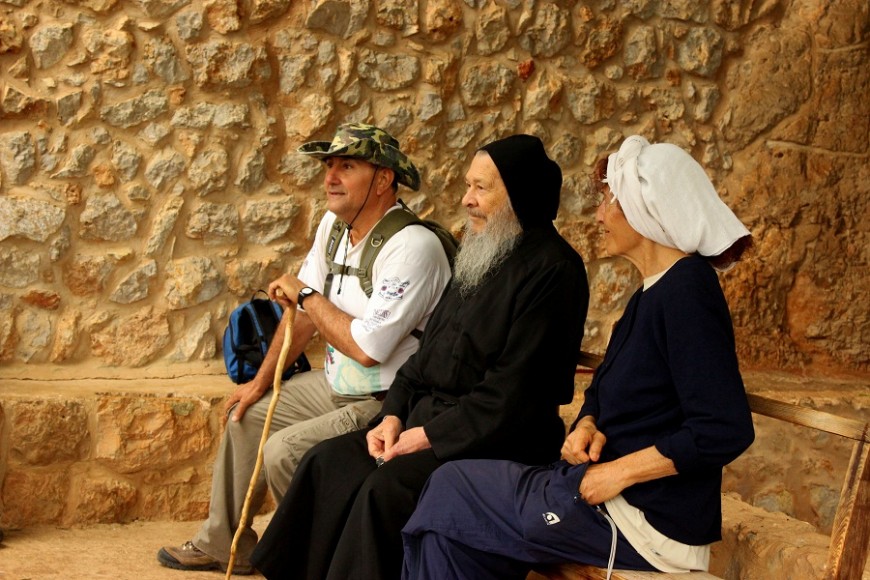
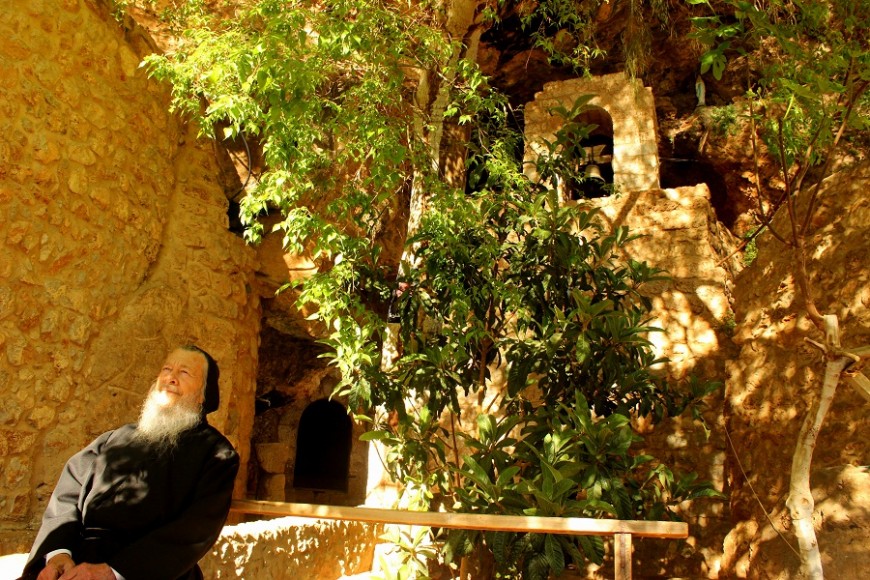
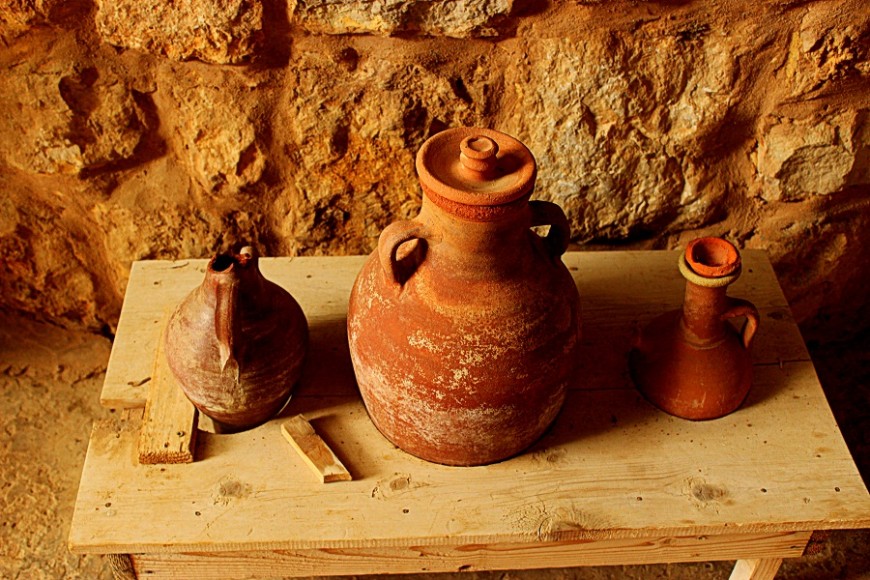
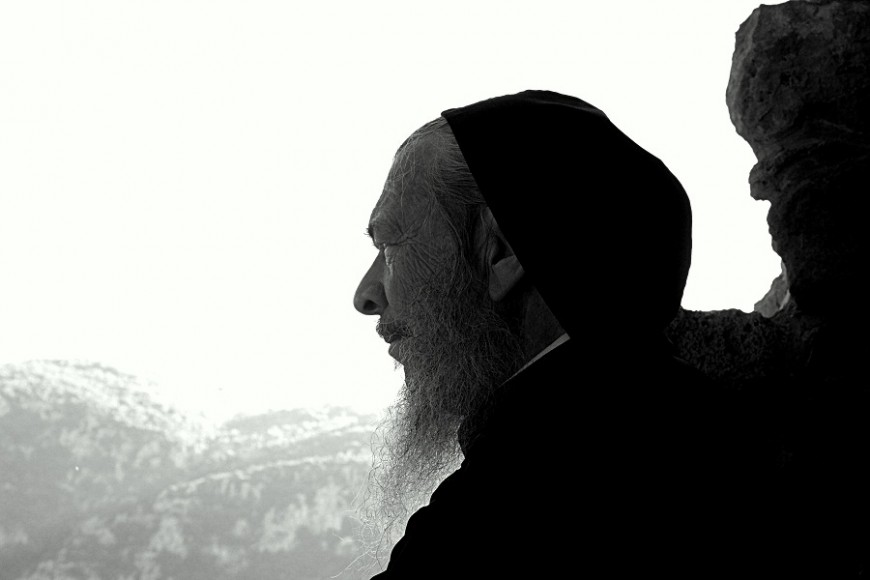
Tags from the story
Hawqa Monastery
